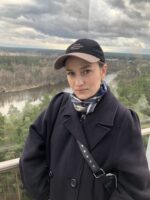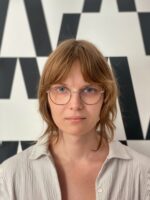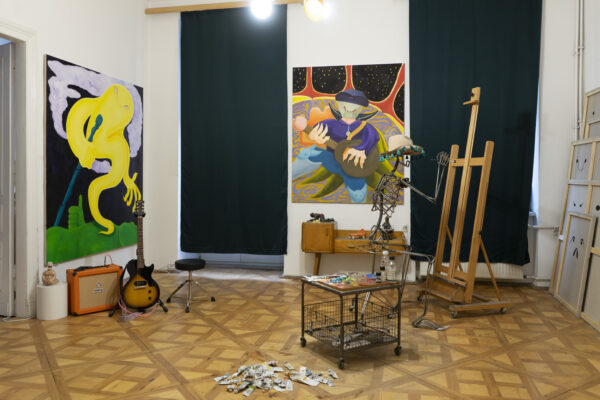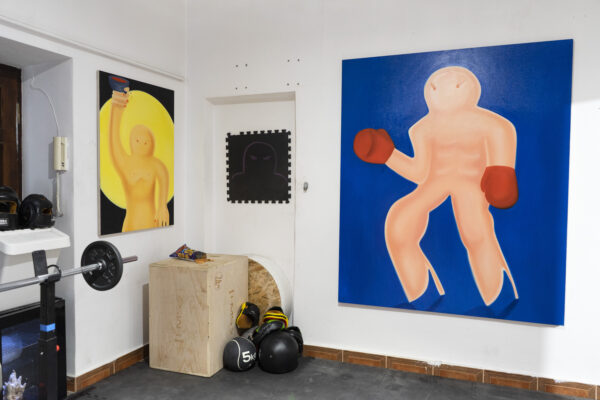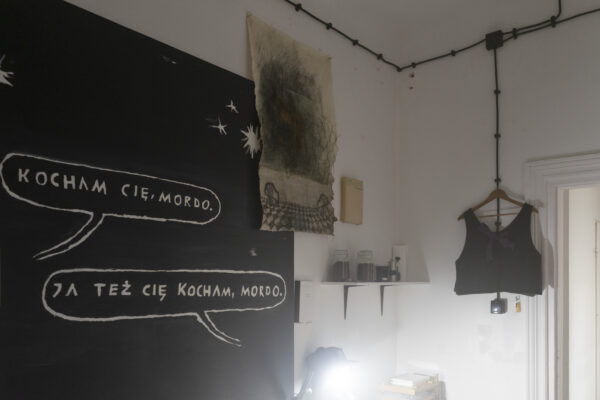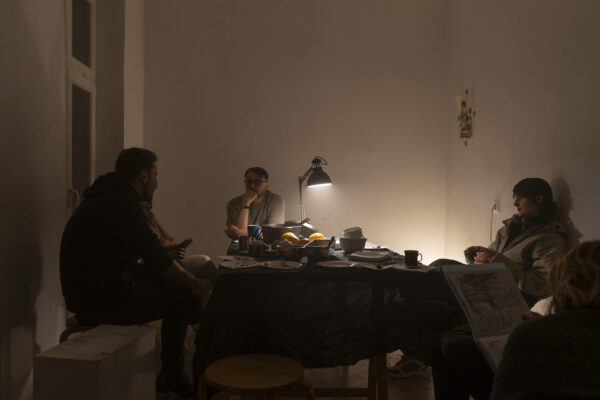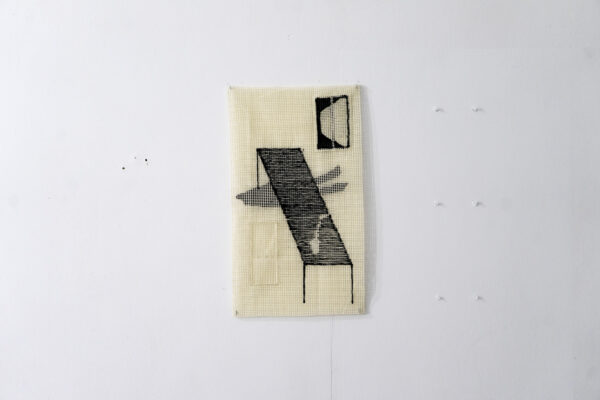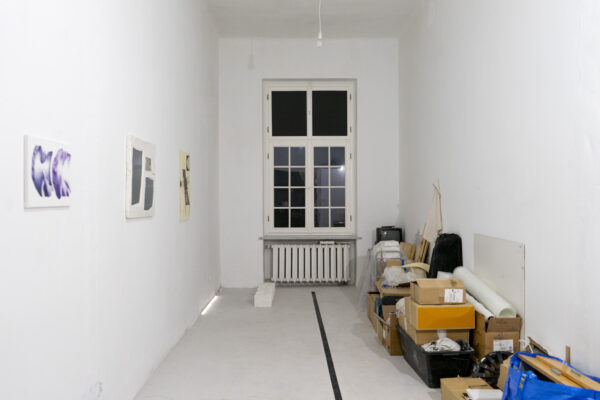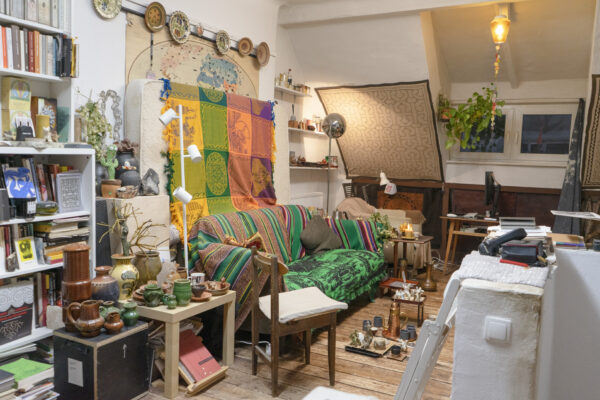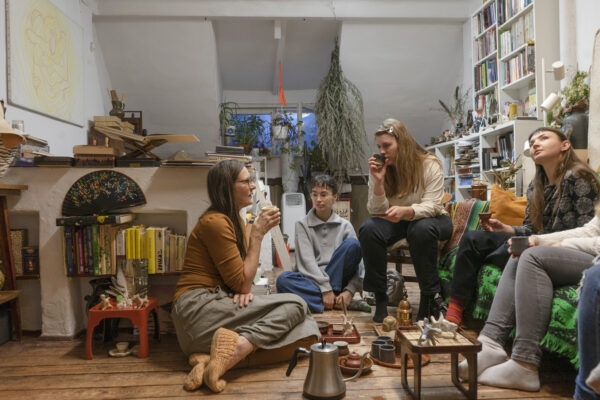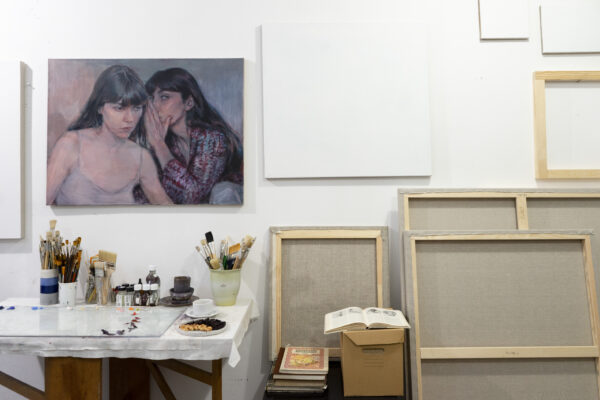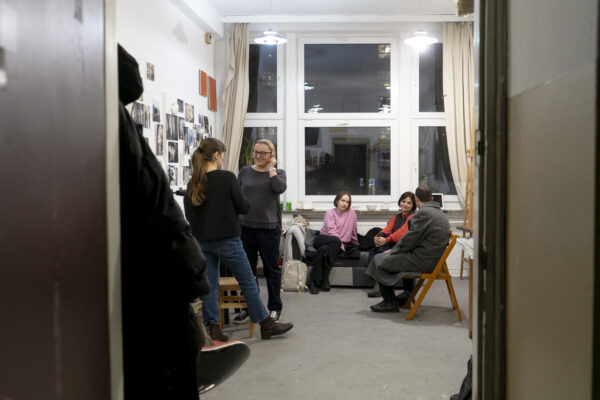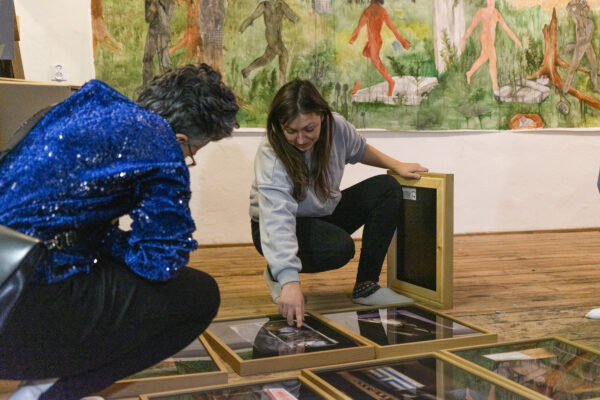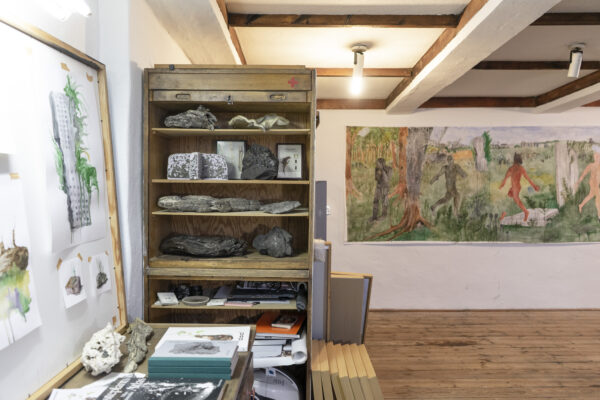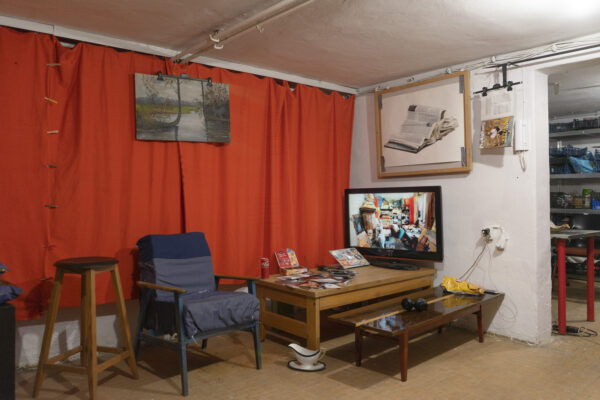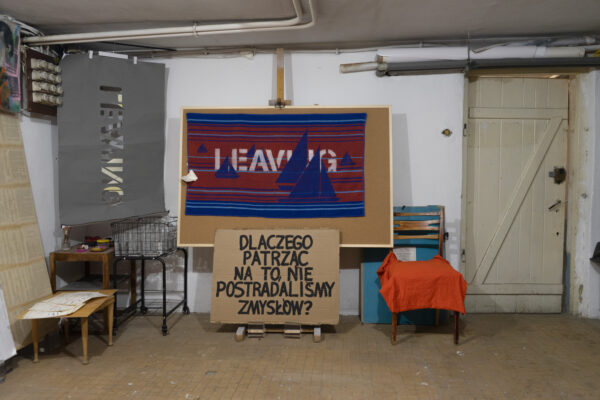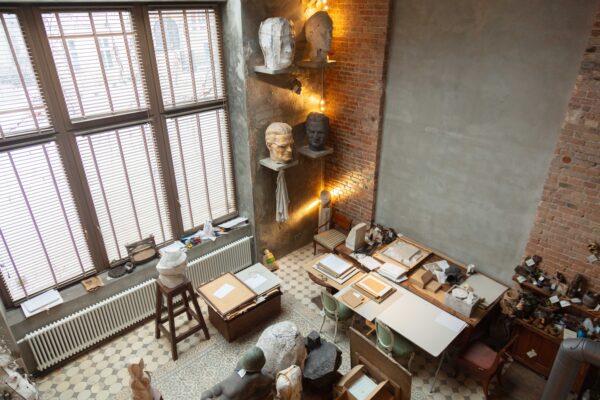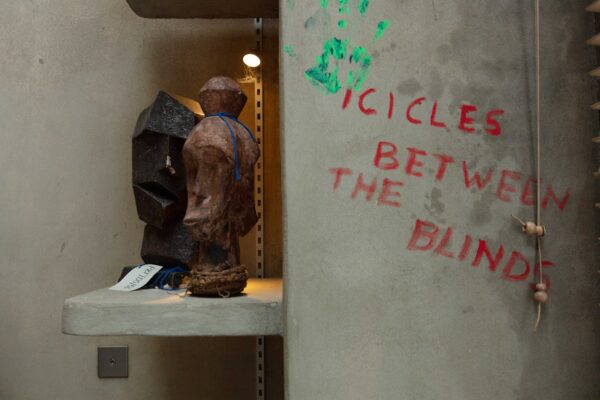Open studios
This project, which was significant for the history of art, incorporated an element of institutional critique, linked to the desire to take art out of the seemingly neutral space of the white cube – that is, the familiar sterile vision of an exhibition space.
In Poland, we are currently experiencing a crisis of exhibition institutions, caused by the state cultural policies implemented in recent years, and we want to focus not so much on a critique of institutions but on strengthening and making visible the potential for constructive action at the local level, searching for alternative spaces for art to function in, beyond large institutions and commercial galleries (to which access is very limited).
Using the Hoet method, we wanted to highlight the value of art studios as a space for freedom, experimentation and building social bonds. There is a growing trend in Warsaw to hold exhibitions and events in grassroots spaces, including art studios. We believe that this is an interesting phenomenon worth supporting, and therefore wanted to invite the public to selected art studios where activities, proposed by artists, took place over the course of several hours. The studios have been selected on the basis of their proximity to one another, and the diversity of approaches adopted by their residents.
MONDAY | 8 December | (Plac Zbawiciela)
Opening of the exhibition “Dom dla zmyślonych przyjaciół Jaśka” in the studio of Jan Możdżyński.
In Jan Możdżynski’s paintings there are always figures of some kind: more or less fanciful tools, monuments, creatures and figures. Their whimsical, simple form and the context in which they appear may be associated with the artist’s uninhibited imagination.
At the same time, Możdżynski is a fanatic about certain objects. He affectionately refers to them as his friends, in a sense assuming the possibility of a reciprocal emotional rapport. A chess bishop piece, a guitar, a cowboy hat, a boxing sack, barbell plates or mighty armies from the Warhammer game are the real protagonists of the artist’s latest exhibition. Their representations could be found in the paintings that were on display in the exhibition, but this time the proportions were reversed – some of the canvases assembled in the studio were ostentatiously turned around by Możdżynski with their backs to the viewers.
It may seem that there were too many objects in Możdżynski studio to be of any use in his artistic practice. The same applies to the different spaces that make up the studio; why did the painter need a ceramic workshop, a gym and a gaming room? This excess ceases to be perceived as overkill when we realised that for Jan Możdżynski the studio is not just a neutral place for the production of art. In a way, this space aligns with the 19th century concept of the studio as a visual reflection of the artist’s personality.
Although I have no intention of engaging in cheap psychologising, as I navigate the various rooms of Janek’s studio, I feel that I am learning more about his paintings. I like this kind of situation because they demonstrate that art can be done seriously.
Text: Jan Owczarek
The exhibition was open to the public from 9–15 December, 12:00 to 18:00.
SATURDAY | 9 December | 14:00 until the last visitor
Studio on ul. Hoża (Łukasz Radziszewski, Viktar Aberamok, Piotr Marzec, Jana Kuczyńska Agata Popik and Emil Laska), in the programme:
- refreshments
- presentation of the zine “Bagno”
- party
Hoża 52 opened its doors for the first time on Saturday 9 of December as part of the project of holding open visits to Warsaw’s art studios entitled Artistic, Communal, Municipal. The space was open from 14:00 to 23:00 to anyone who wanted to have a look inside.
Refreshments are an integral part of studio life. Sometimes they are provided in a discreet panic, to use the last of the budget, when an invoice has not been paid or the scholarship money from the Old Academy of Fine Arts is late as usual. Before we establish a New Academy where things will be different, you could come and have a chocolate bomb, cake and seeds and have a drink to celebrate the opening of the Hoża studios.
We were hanging up posters, cleaning the floor with a vacuum cleaner, arranging tables, making drinks and compiling playlists – all this was done with you in mind.
We were also working on the first issue of our Bagno (Swamp). So, we also invited you to have a look at the backstage of our editorial work right before its premiere in January 2024.
There was also dancing in the evening.
14:00–19:00
Studio of Iga Niewiadomska and Piotr Maciejowski on ul. Bracka
Exhibition The Backstage
The Backstage space is the studio of Iga Niewiadomska and Piotr Maciejowski. The artists made a reference to this fact in their exhibition by dividing the space into two parts – a working space and an exhibition space and subjecting it to the rule of a black line. Such a presentation of Backstage was only a half-truth, a covert performance that attempted to uncover that which “underlies” the artists’ work. Maciejowski’s melted glue was spilt on carpet pads, and Niewiadomska drilled abandoned maps on arranged plaster relief sculptures. There were no traces of work there, tough.
15:00–18:00 (booking required)
Drinking tea in the studio of Agnieszka Brzeżanska, near Park Morskie Oko
SUNDAY | 10 December |
15:00–18:00
Studio of Ksenia Gryckiewicz on ul. Rydygiera
15:00–18:00
Studio of Diana Lelonek on ul. Nowolipki
15:00–18:00
Studio of Paweł Żukowski on ul. Anielewicza
Visits to historic studios
11 December – Studio of Karol Tchorek and Katy Bentall
12 December – Studio of Grażyna Hase




